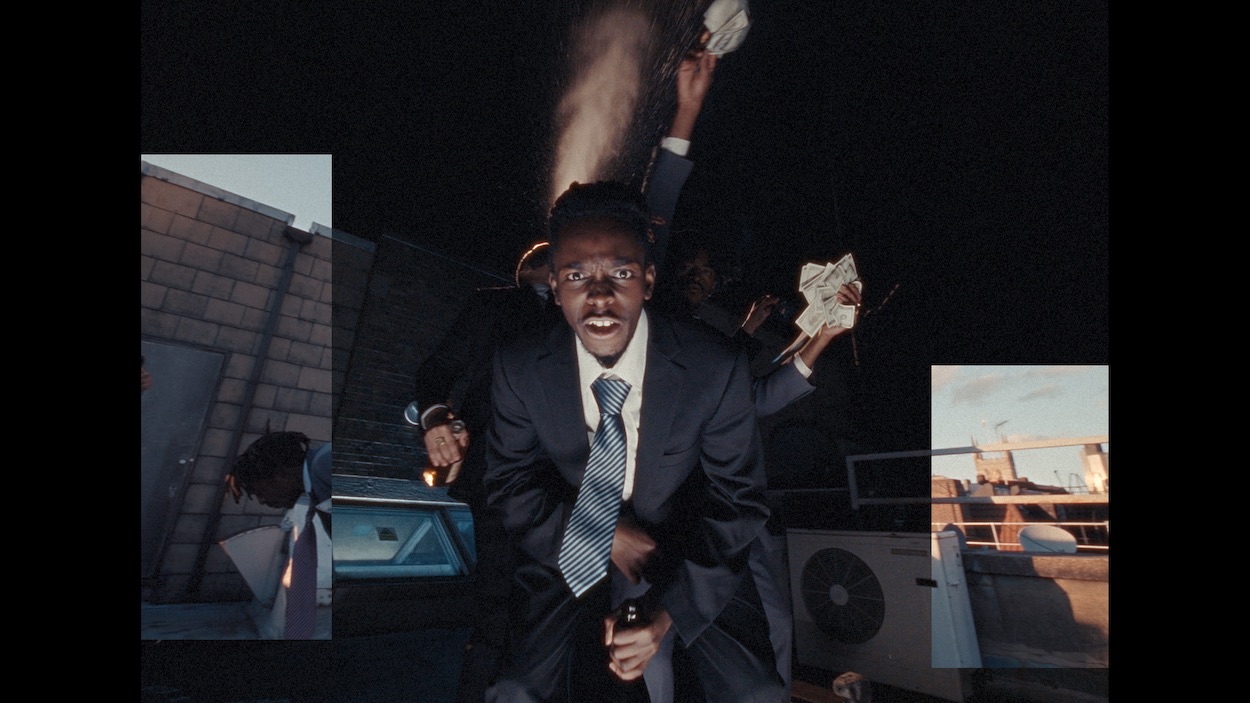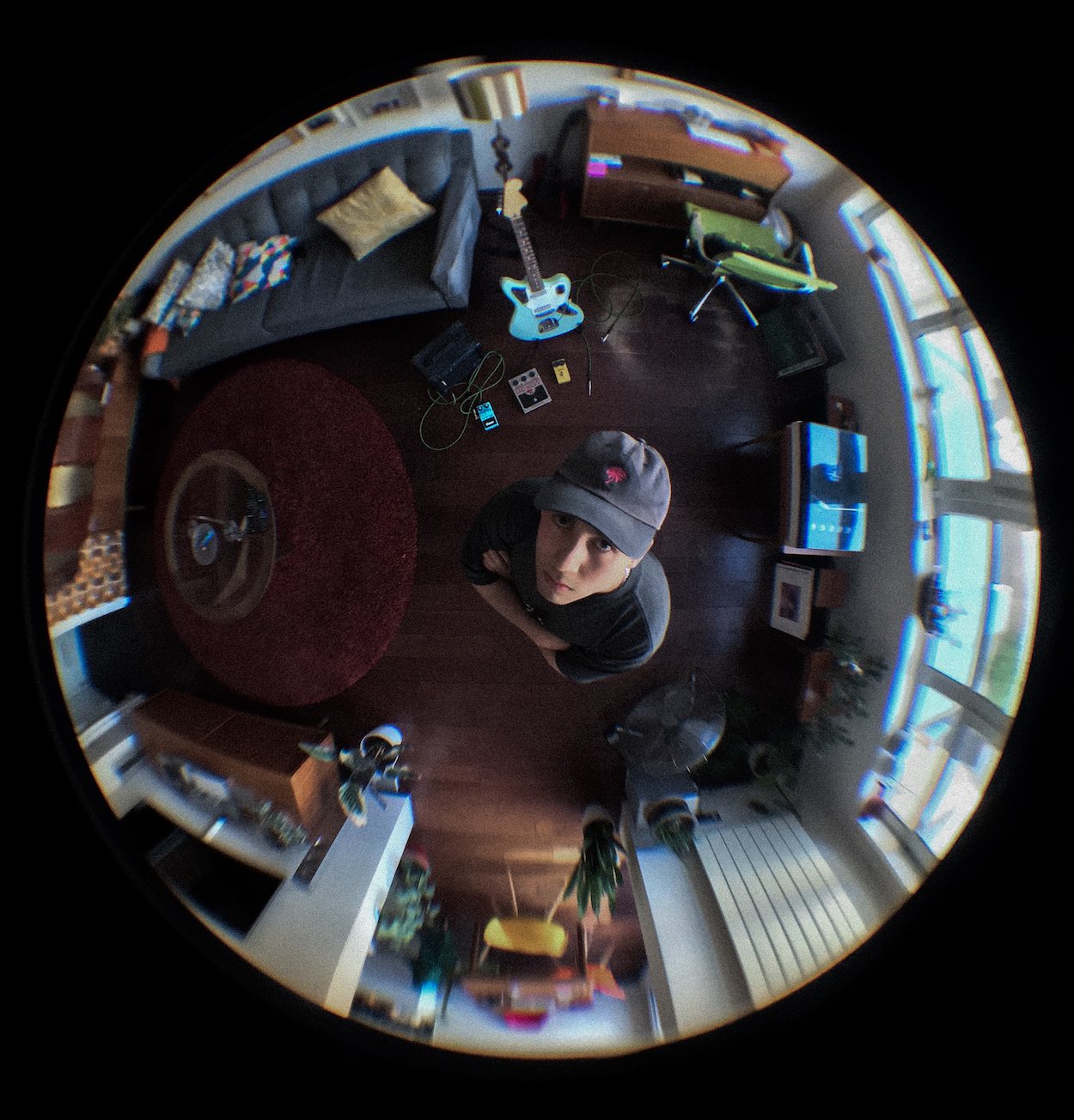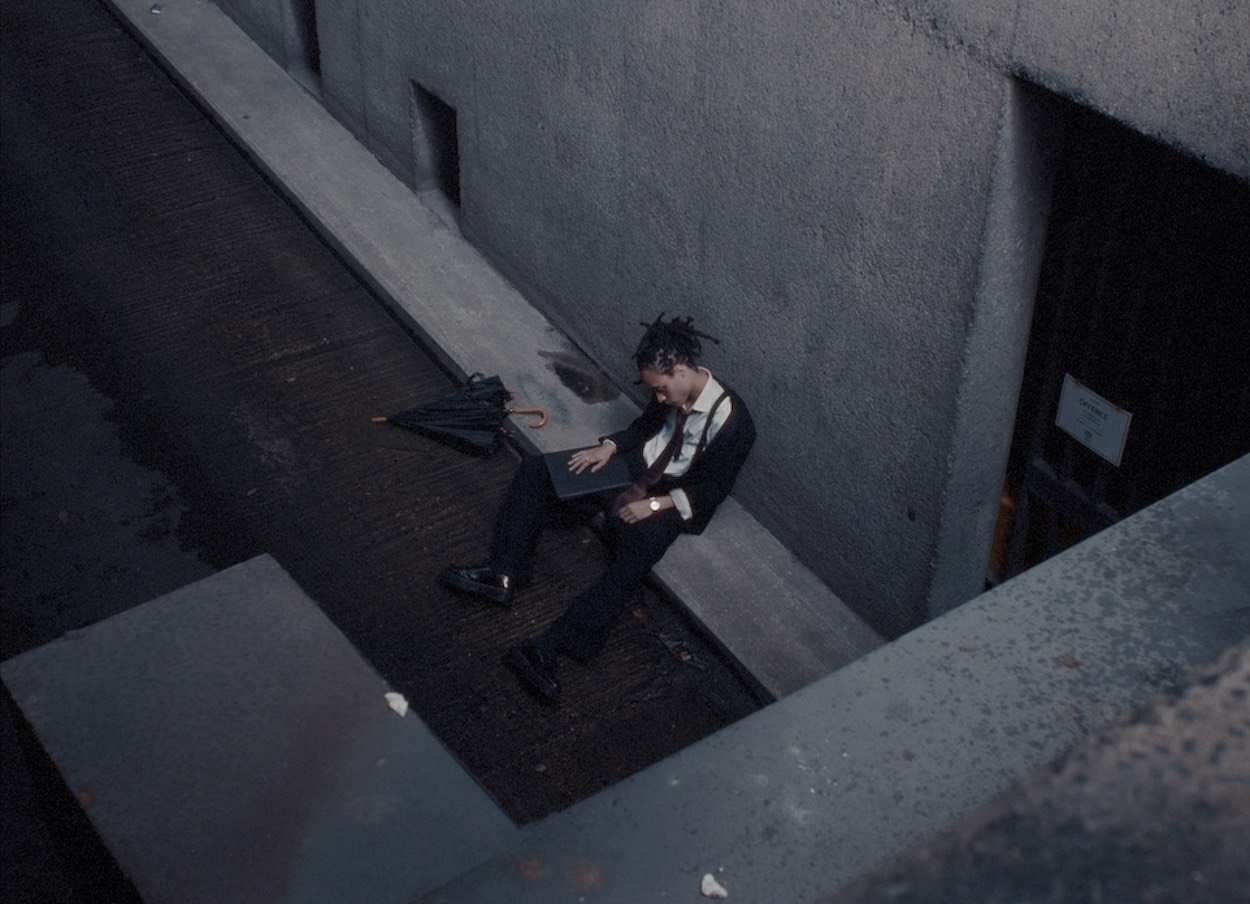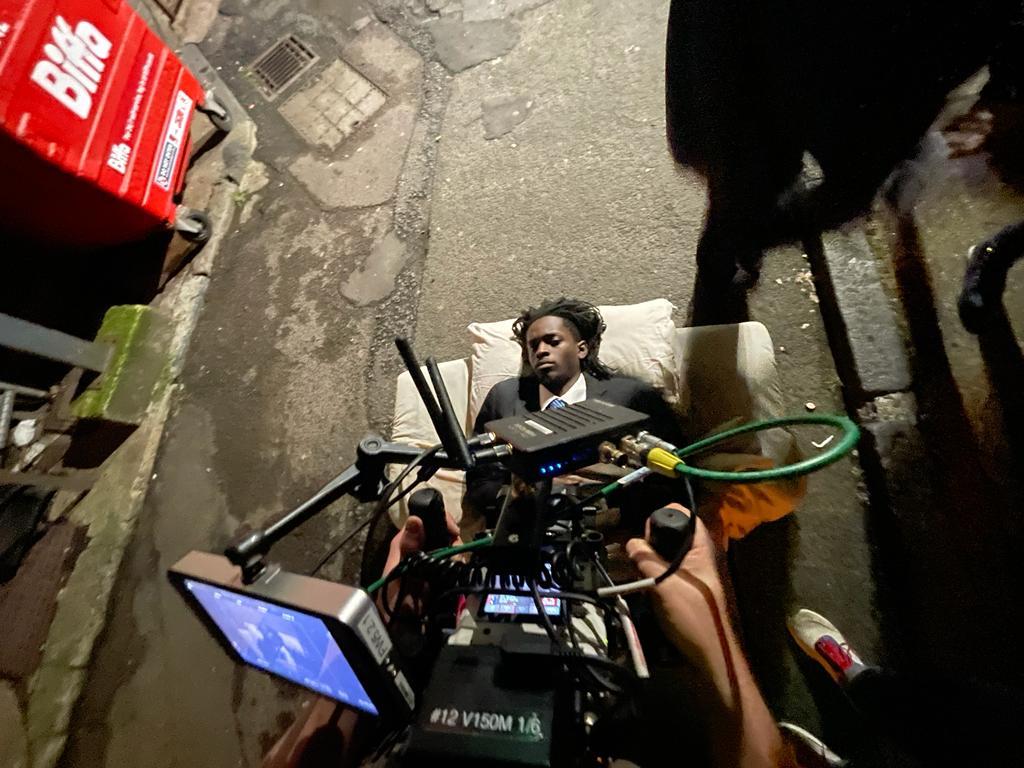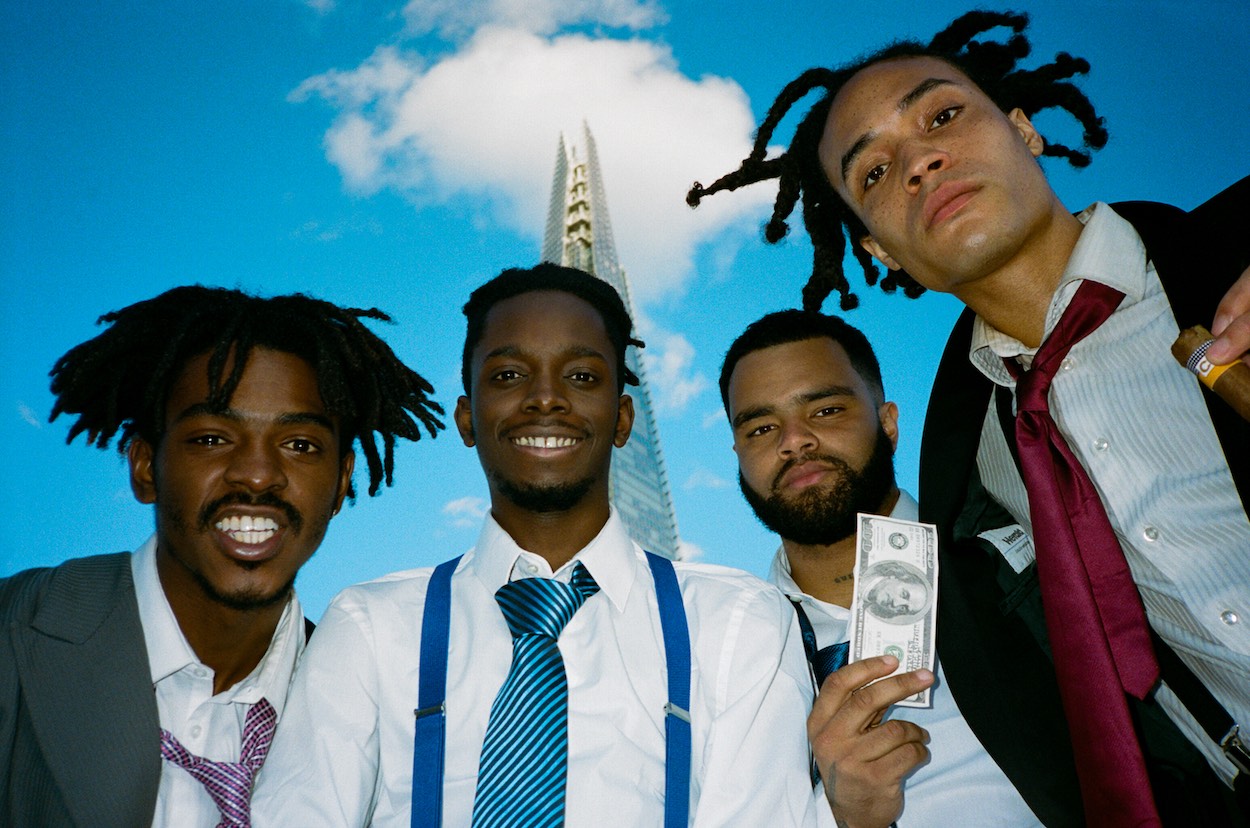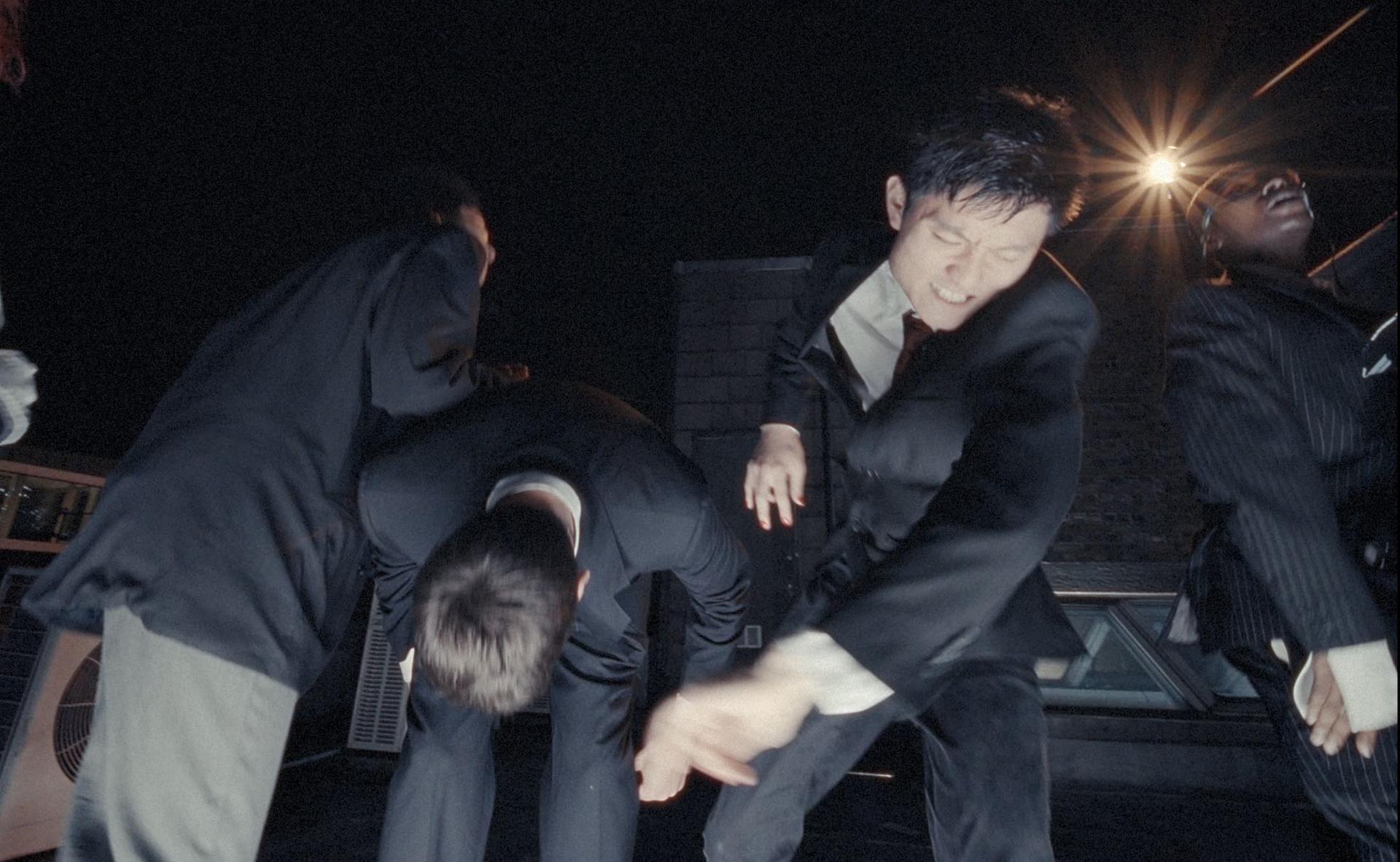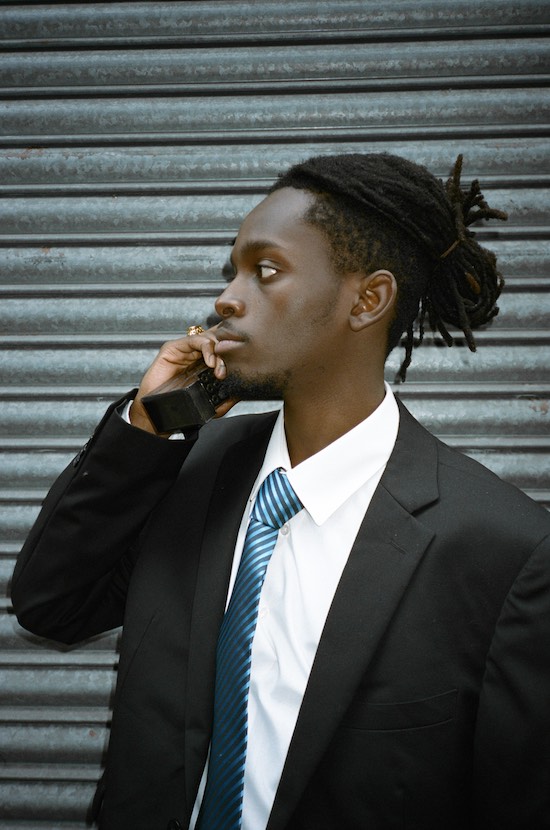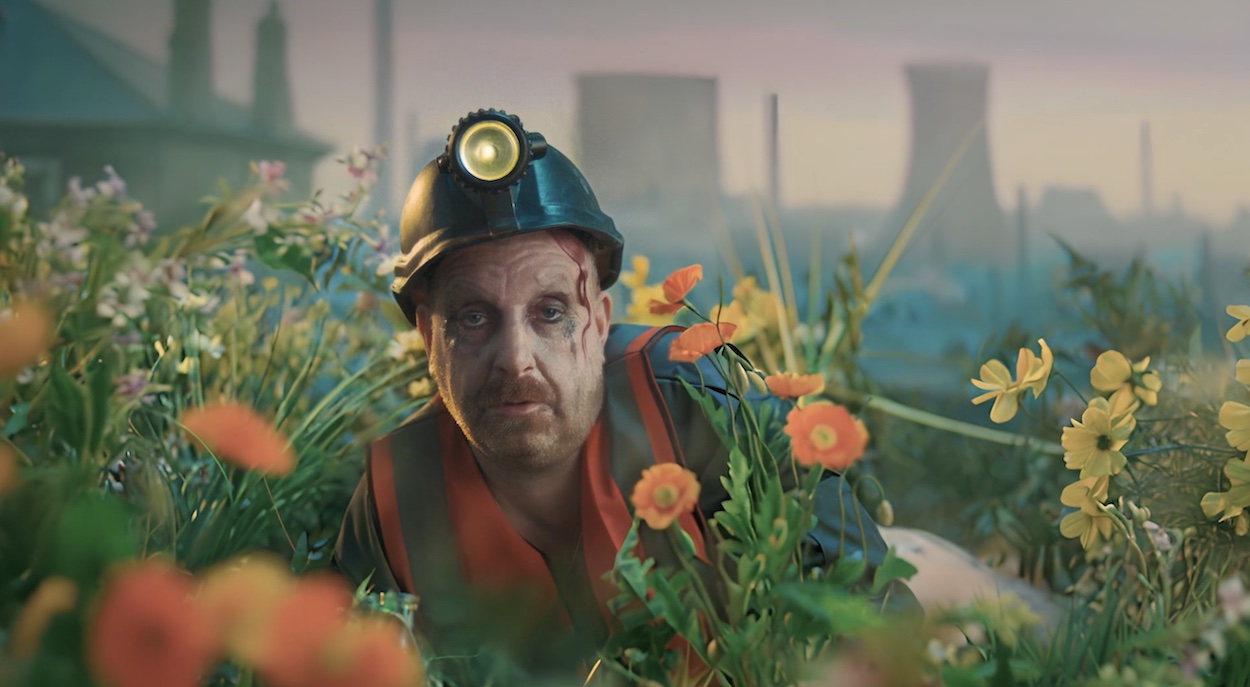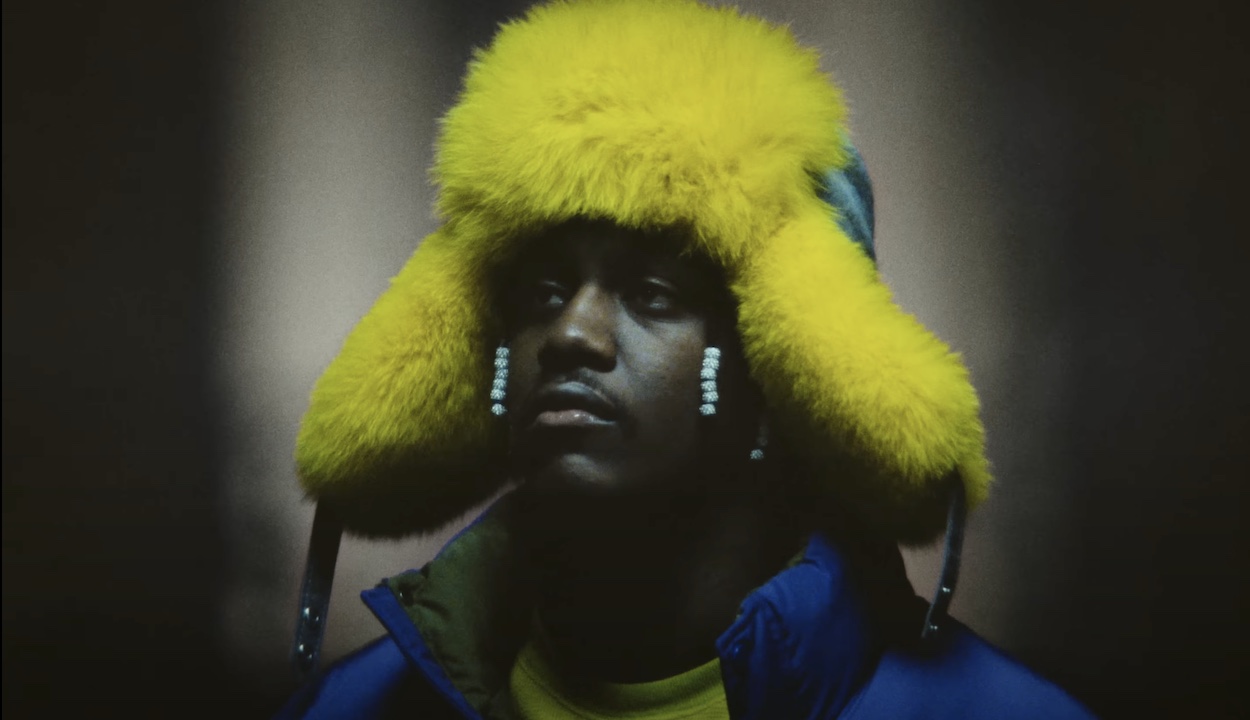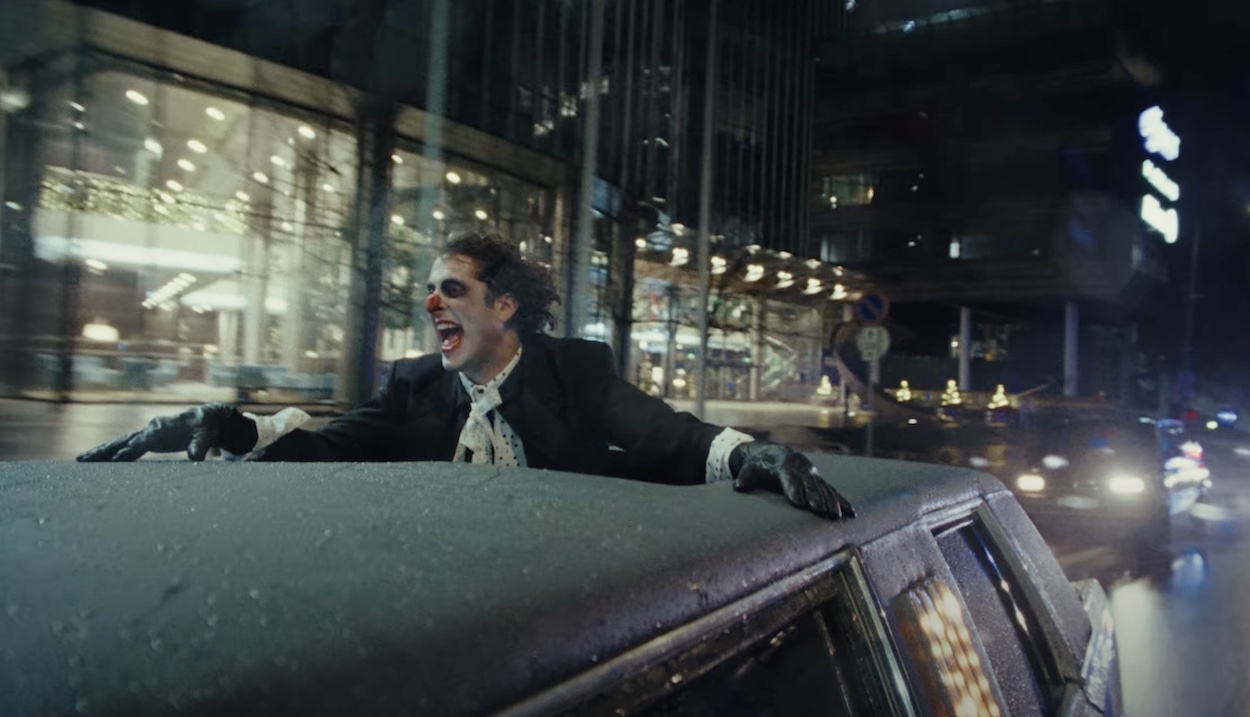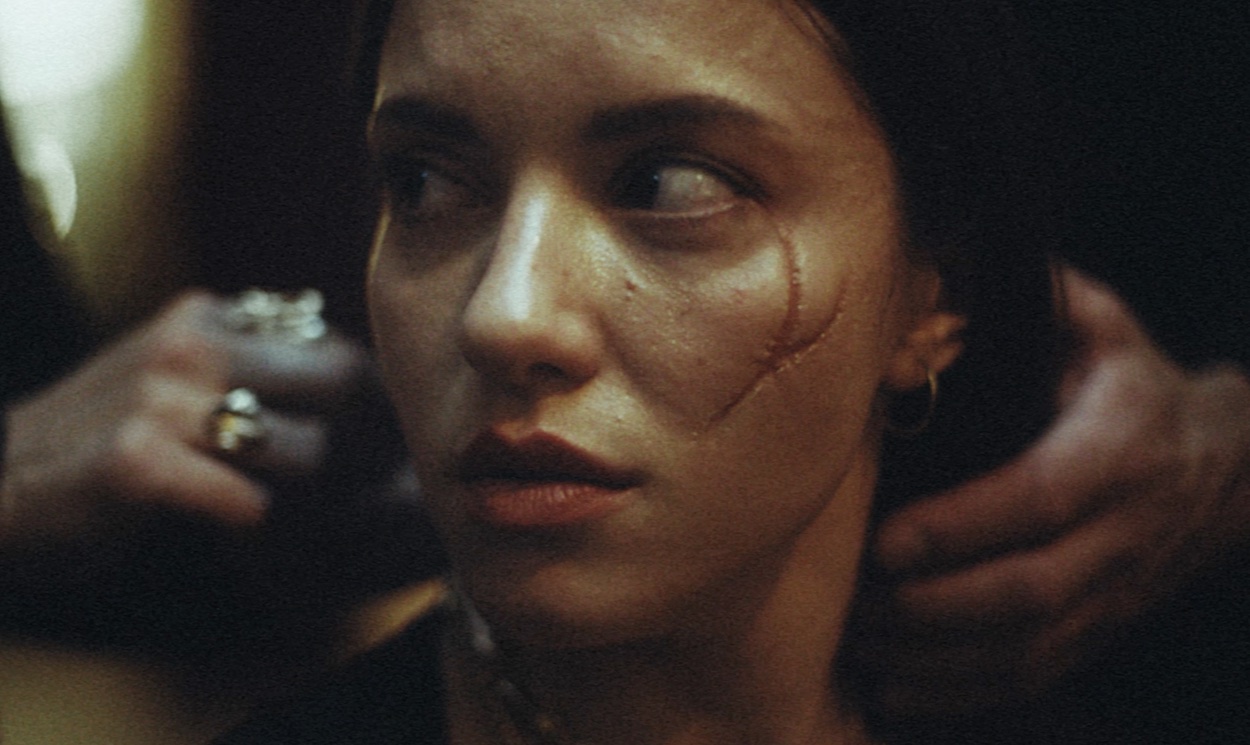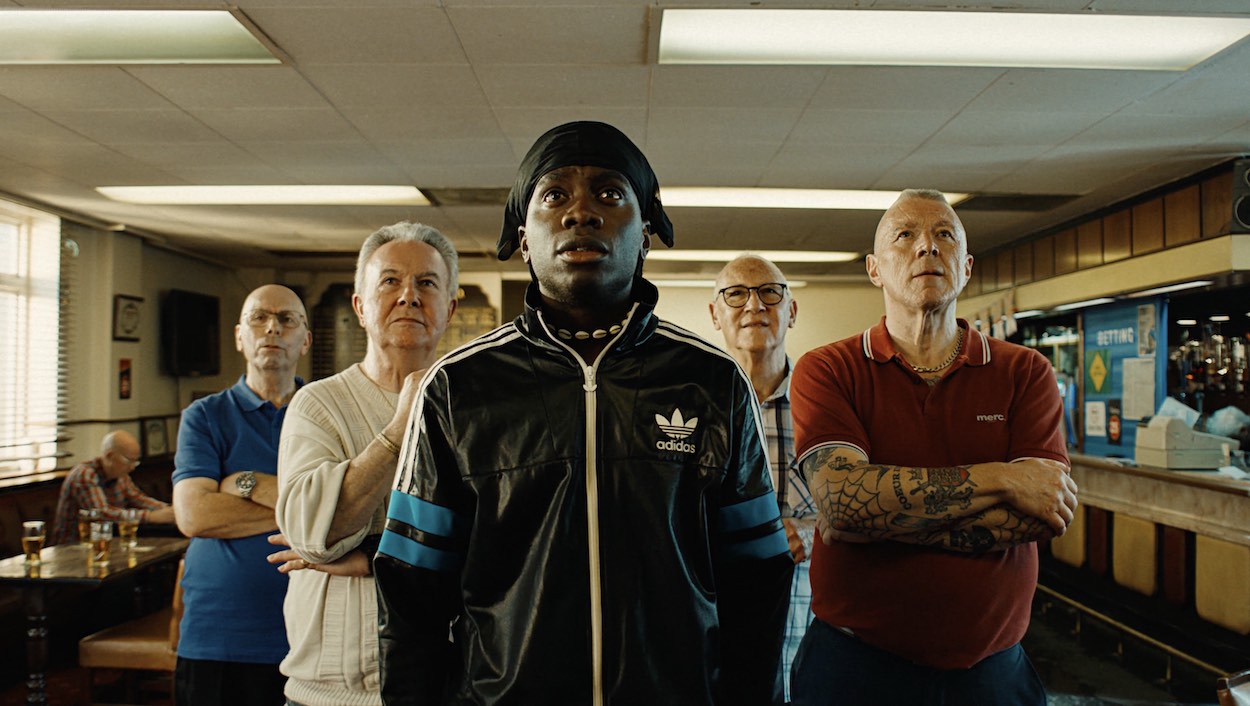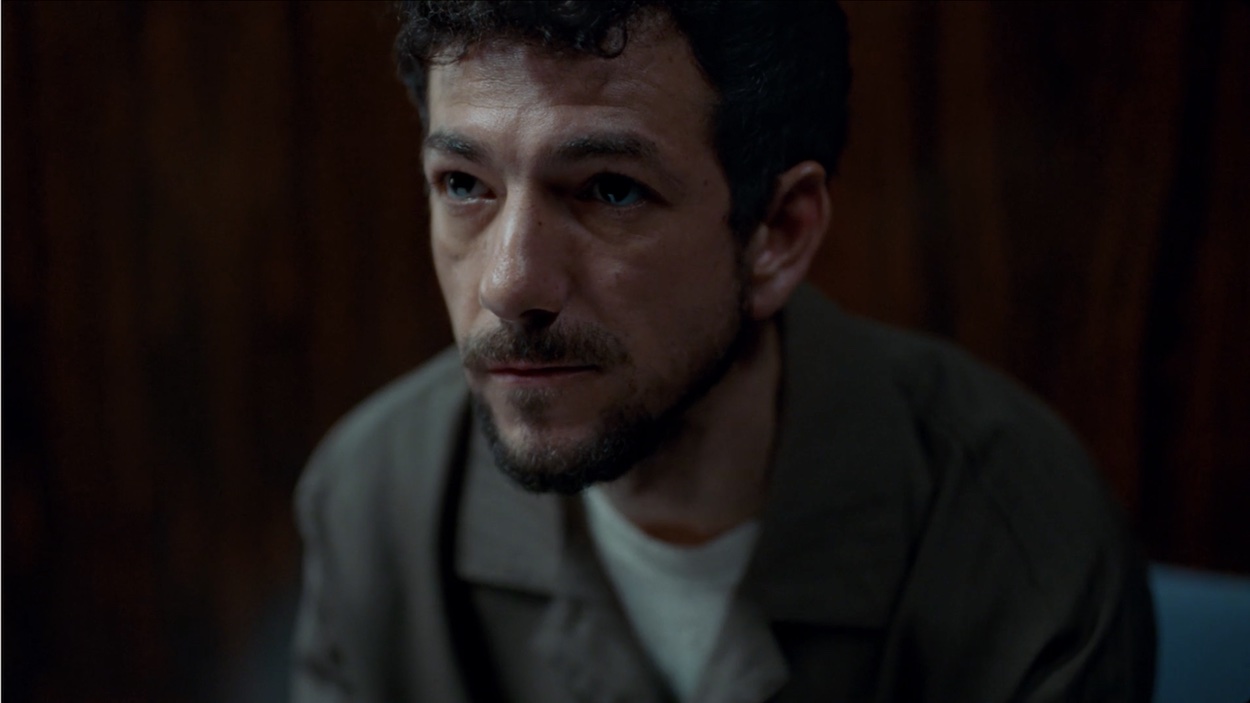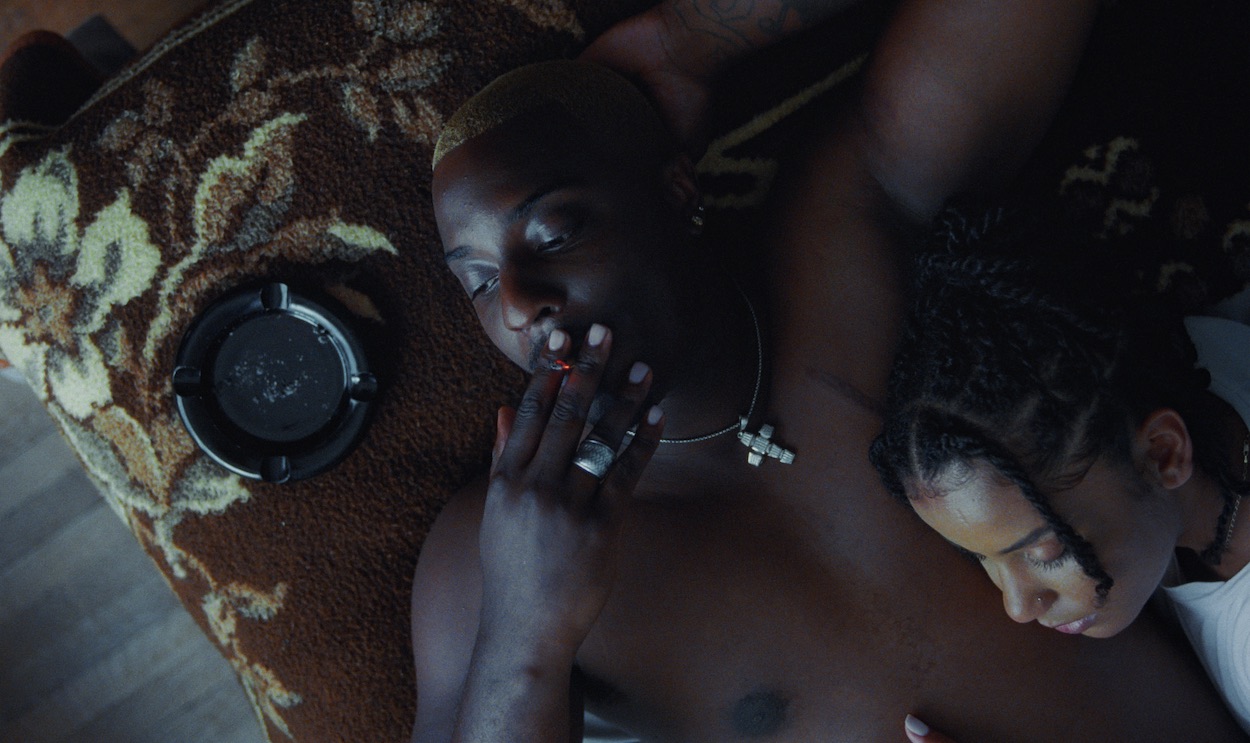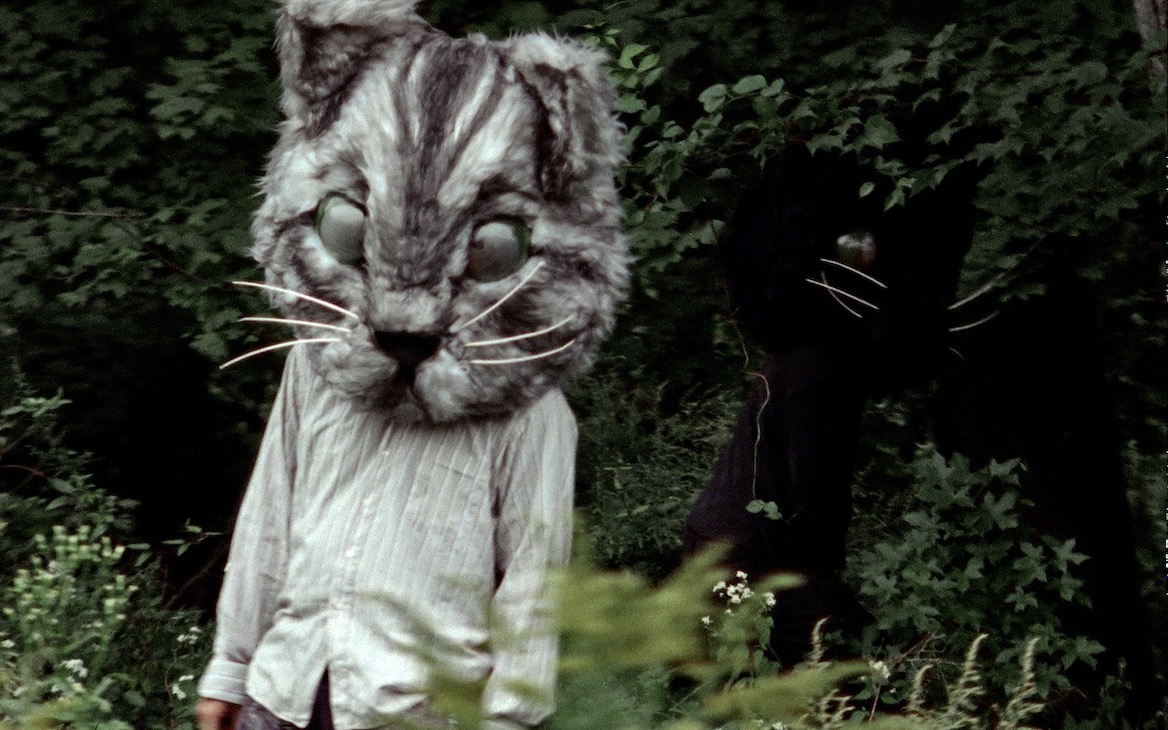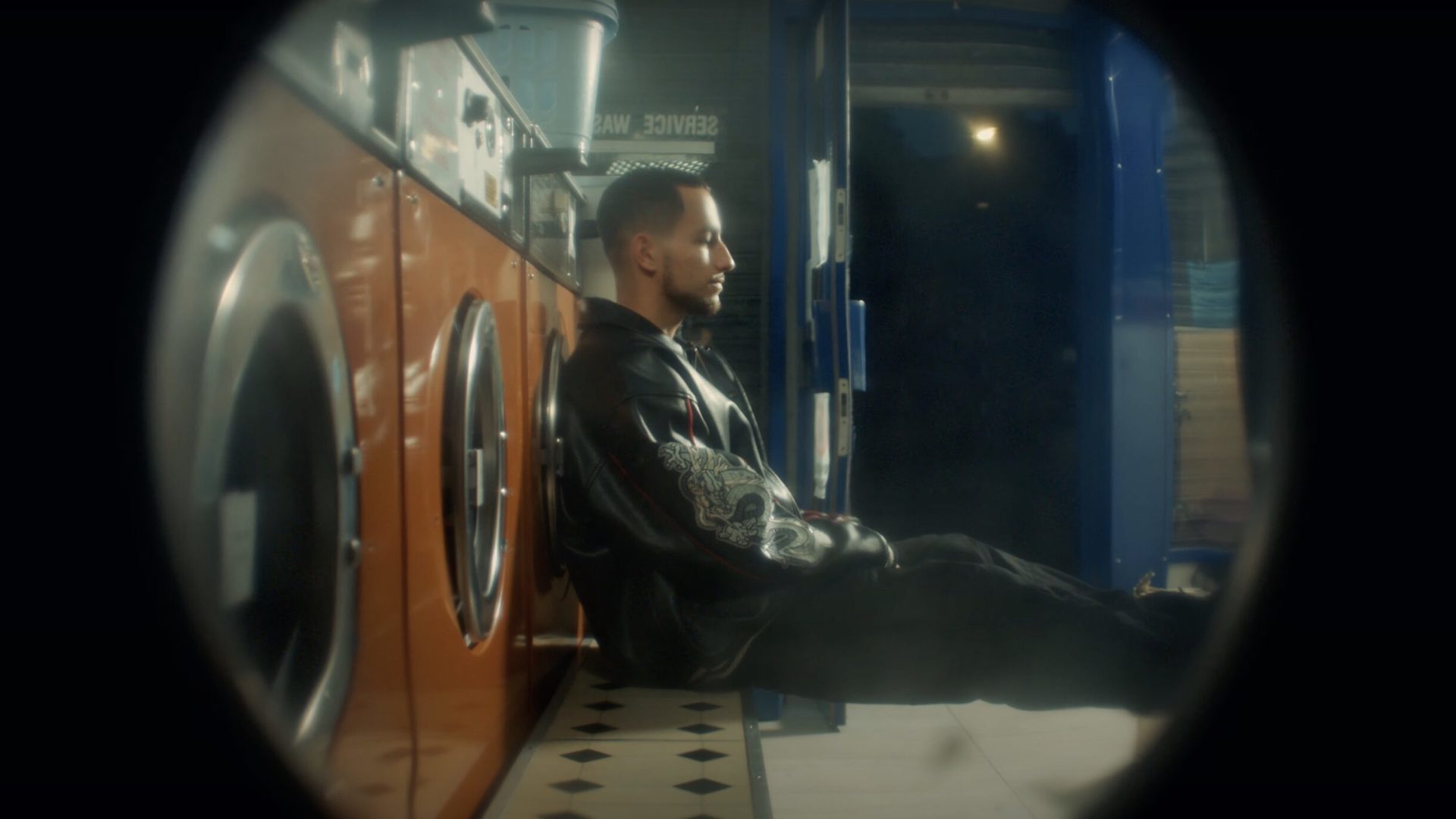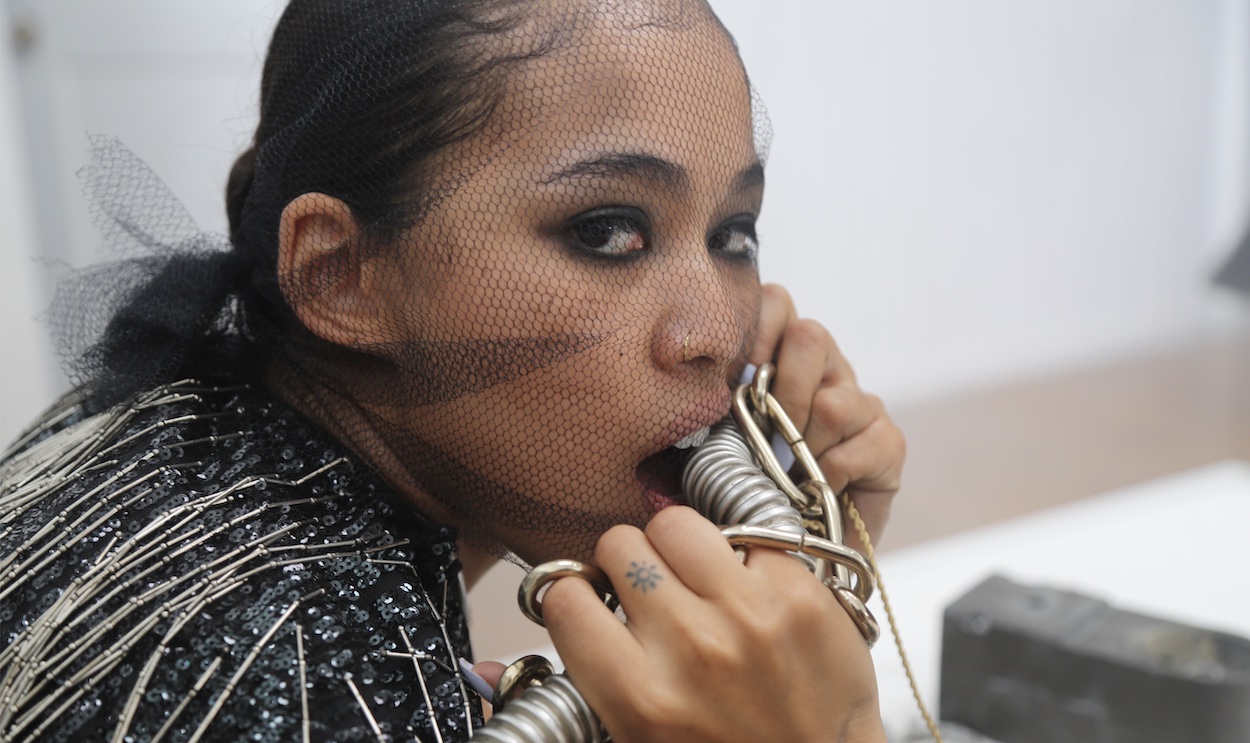On the ball: Pedro Takahashi
After a degree in film & television production you started working in-house at Somesuch – what did you learn during your time there, and how did that influence your own projects?
Working there was an invaluable experience for me – I learnt so much about the way the music video / commercial world operates and also made a bunch of contacts (and friends) that I still work with to this day. The output there is obviously great and constantly being surrounded by that quality of work has definitely set a certain standard going forward which I try to match.
I’d say the most important aspect of that experience, however, was seeing up and coming directors signed there at the time and how they navigated their early careers. People like Bafic, Duncan Loudon and CC Wade to name a few, were hugely inspirational to me and a lot of them were supportive of my early videos. They proved to me how you could make low budget work while still being innovative and retaining a personal vision that is unique to yourself.
Still from Sam Akpro, Death by Entertainment
Your work has an air of a supercharged hyper-stylised gig – often featuring extended close-ups straight to camera à la early punk videos. As a big music fan yourself, do you draw on the energy of an artist’s live performances when building a project with them?
Absolutely. I don’t really work with anyone who’s music doesn’t excite me, and a major part of that excitement comes from live performances. Often, before I’ve worked with an artist, I’ve seen them play a gig somewhere and this can be super beneficial to the process – It lets me feel what kind of presence they have and anticipate how they may be in front of a camera. I tend to approach videos in terms of movement and energy which is why I think I naturally gravitate towards artists that I sense I’ll be able to share that energy with. I’ve been very fortunate, for example, to work with people like Charlie (from Shame), who are able to channel what they do in a live setting and recreate that intensity on a film set.
I think that music is inherently a very physical artform and with everything that I make, I try to retain an element of that physicality. I grew up going to punk and hardcore shows as a teenager and I think that sort of energy has definitely seeped into the videos I make now. It’s important to me that my work feels dynamic and regardless of whether someone likes what I make or not, I want it to affect them in a visceral way.
BTS, Death by Entertainment
In Death by Entertainment for artist Sam Akpro your night-time 360 continuous camera pan is shot through with pockets of daylight. How did this idea come about? Tell us a bit about having to replicate the position and speed of the camera movement in two separate sessions.
I’ve had this idea in my head for a few years now. I knew at some point, I wanted to make a video that revolved around a 360 camera motion control set up, which would allow me to transition between past / future or night / day within the same location. I’d actually pitched variations of this idea for a few other artists but it never worked out (which in hindsight turned out to be a blessing). When Sam came to me with the song and told me it was about the daily grind and living life as a sort of monotonous cycle, it became apparent very quickly that this was the perfect opportunity to finally make this video. I don’t usually work this way as I think coming to a project with pre-formed ideas can sometimes shut off allowing new ones to arise, but in this case it just felt right.
In terms of executing those 360 pan shots, it was quite a painstaking but ultimately rewarding process. Myself and my cinematographer Max Conran, tested a bunch of rigs that would allow us to replicate the pan at the exact same speed / movement multiple times. We eventually found something that worked and which also allowed us to film at double speed so that we could incorporate slow motion shots into the set up.
On the actual shoot, we literally had to do all of our day time shots (the ‘morning after’ section) and then re-shoot the exact same 360 pan shots once it got dark. It took a lot of planning and everything had to be shot-listed meticulously. This part of the shoot was also slightly nerve wracking as, in order for the transitions between night and day to be seamless in post, we had to keep the rig / camera set up in the exact same position for both sections. It meant that the rig and camera could not move, not even an inch, or else the whole concept would be ruined. This sounds simple in theory but becomes complicated when you’ve got 15 people moshing around the camera in a tight space. Luckily, we managed to keep the camera in place and the technique worked out!
BTS stills by Pedro Takahashi
These complicated camera moves and perfect editing have become a calling-card for your work. Do you feel like you’ve now perfected certain techniques? Have you ever had a plan for a camera move that hasn’t paid off during the shoot?
I think, of course, certain techniques become easier the more you practice them. However, I also think the goal is to never get too comfortable. The more work I do, the more I realize that what I enjoy is exploring a new technique or experimenting with something that I was unfamiliar with before – There always has to be an element of the unknown when I commit to working on a new video. It helps sustain my interest in a project and also challenges me to keep on moving forward as a filmmaker.
I’ve also had so many plans for camera moves that haven’t worked out! Most videos I’ve done have had tight deadlines, meaning that I’m often trying techniques out for the first time on the actual shoot. This can lead to some amazing results, but also a lot of failed experiments. It’s all part of the fun.
Still from Death by Entertainment
As well as the night/day exploration in this film, your videos have contrasted urban/rural spaces and looking to the past/future – do you find that you naturally look for a dichotomy to explore when you begin a project?
I think contrasting and comparing opposing elements is definitely something I’m drawn to when making videos. From a purely aesthetic point of view, I think transitioning between these opposites can lead to some really exciting visual experiments. But also from a structural perspective, I find building videos around dichotomies quite an organic process, and a theme I instinctively come back to throughout my work.
I also think that with each video I’ve tried to challenge myself to execute these visual experiments in more accomplished ways. Utilizing a motion control element in my video for Sam Akpro, for example, was really exciting for me. It allowed me to explore certain dichotomies in a more rigorous and formally sophisticated manner than I’ve been able to before: Within the same shot, we were able to show an environment simultaneously at night and day, as well as in the past and in the future. But despite these technical achievements, what I’m most proud of is that these ideas and images are thematically relevant to Sam’s lyrics, and aren’t just visual gimmicks for the sake of it.
Looking specifically at Shame’s Water in the Well, you match shots between metropolitan and rural spaces, suggesting a sense of overstimulation in the modern world – a feeling that’s also clear in Real Lies’ DiCaprio. Do you think the pandemic had an impact on our perception of the frenzy of modern urban life, and if so, how do you think that mindset shift has affected our creative output?
I think for a lot of people, especially those living in metropolitan areas, the pandemic was the first time they could stop and actually process the types of lives they were living. For me personally, having the time to pause and really investigate what it is that I wanted to do was invaluable – that period of reflection made me realize that directing is something I actually wanted to pursue as a serious career path.
In terms of our collective creative output, I’m not sure I can talk for everyone. But what I have noticed is that since the pandemic, a lot of people around me have become more conscious of what it is that truly fulfills them and in turn have found the conviction to pursue certain artistic endeavors that they may not have done before – I feel this can only be a positive thing.
Sam Akpro by Pedro Takahashi
You now work as a director’s assistant alongside your own projects. Tell us a bit about what you have learned from watching other directors work on set.
Having the opportunity to assist more established directors has definitely been a really amazing experience and not something I ever take for granted. I’ve been able to observe the way they work and apply certain methods to my own videos. I currently assist a director called Daniel Wolfe, and I feel studying his process has definitely helped me become a better director. For example, we were prepping a job together recently and I was struck by his emphasis on focusing heavily on location and creating a cohesive look between scenes. It’s something I became obsessed with during pre-production for my video for Sam Akpro, and I think it helped me achieve the overall cold / slightly dystopian look I wished to create.
Another very encouraging aspect is seeing how the same rules essentially apply to big budget commercials as they do a low budget music video. You’re still constantly having to think on your feet and make decisions at a fast pace and it’s filled me with confidence going forward that it’s something I can see myself doing in the future.
With your strong portfolio of music videos, are you looking to foray into other formats? What are you working on next?
I definitely want to keep exploring music videos for a while. I feel like it’s important to keep evolving and I still have a lot that I want to try out. Something that I really enjoyed about the Sam Akpro video was creating the world of the bankers through locations and styling and it’s something I’d be keen to do more of. I don’t necessarily want to make ‘narrative’ music videos, but I’m definitely feeling drawn to the process of creating ‘worlds’ that feel three dimensional and contain more traditional cinematic elements and emotions.
I come from a cinema background so making a film is inevitably always on the back of my mind. I’ve written a few short film scripts that I’m quite excited about and I feel that next year is the time to crack on with one of them.
Lastly, I’m always trying to take more photographs and I’ve been really into medium format photography recently. I’d love to do more commissioned work in that area as I find it a really nice way of exploring an aesthetic in a relatively cheap and fast way in between more time consuming video projects.
Interview by Becca Nichols
INFO:
@pdtakahashi
@sam.akpro
Sam Akpro, Death By Entertainment
Director & editor : Pedro Takahashi
Producer: Fred Qvortrup
Production assistant: Zand Maroof
DOP: Max Conran
Day 1, 1st ac: Louis Peppiatt
Day 1, 2nd ac: Samuel Byham
Day 2, 1st ac: Roisin Byrne
Day 2, 2nd ac: Eddie Suthers
Gaffer: Matt Edge
Spark: Olivia Wang
Spark: Dimi Vakrilov
2nd Unit: Michael Demetriou
Production design: Greg Bradlaugh
DIT: Morgan Perry
Colourist: Connor Coolbear @ETC
Colour producer: Oliver Whitworth
